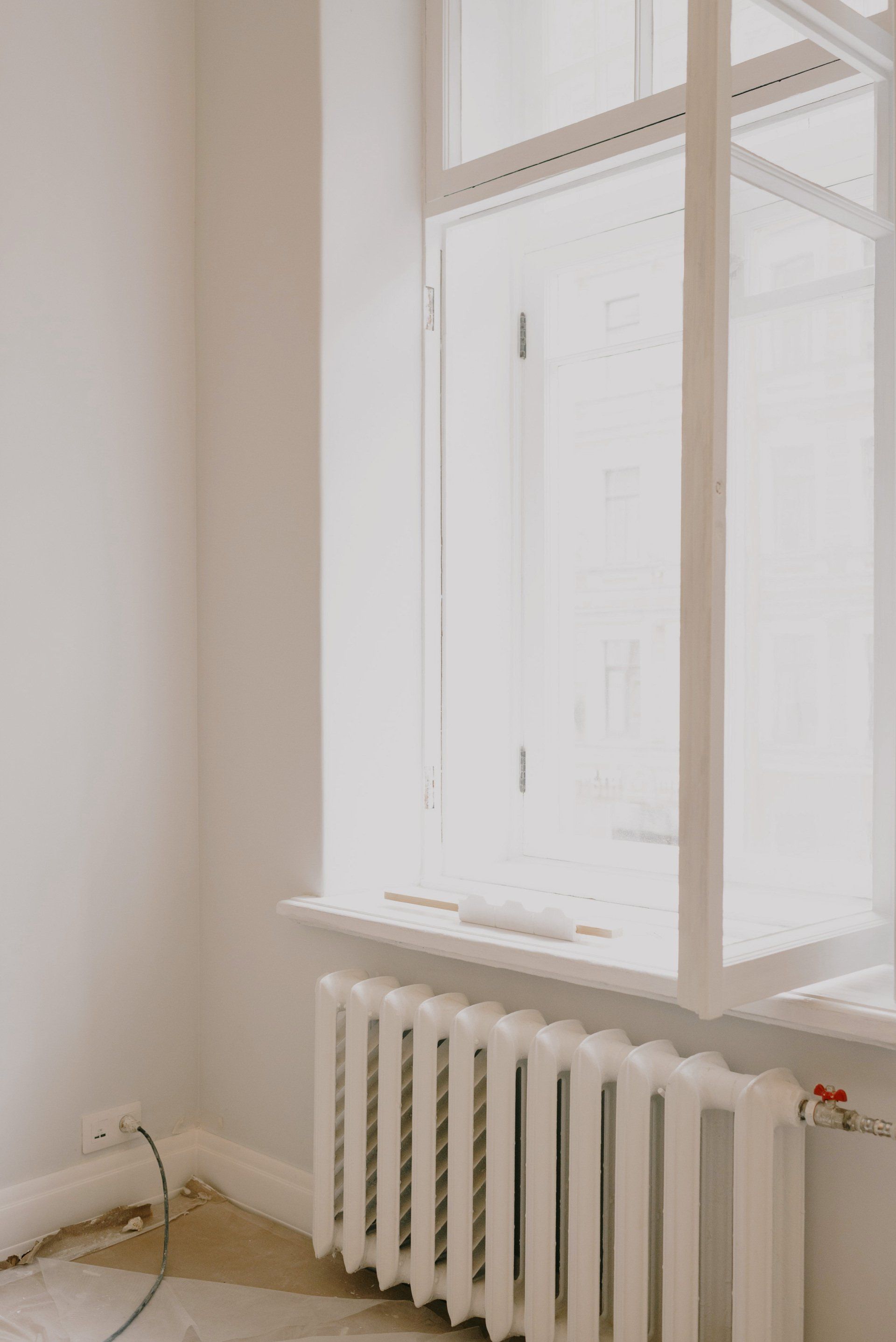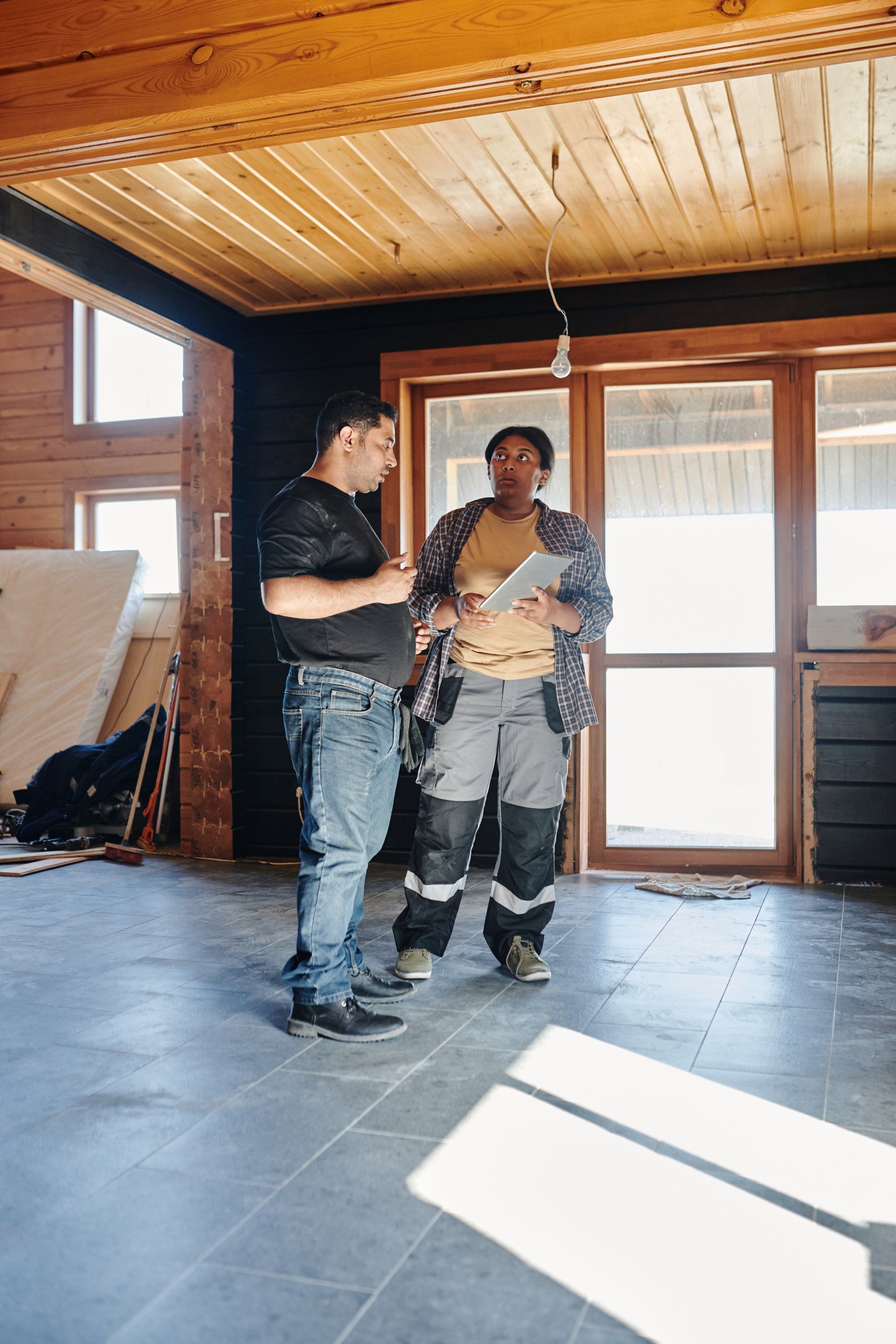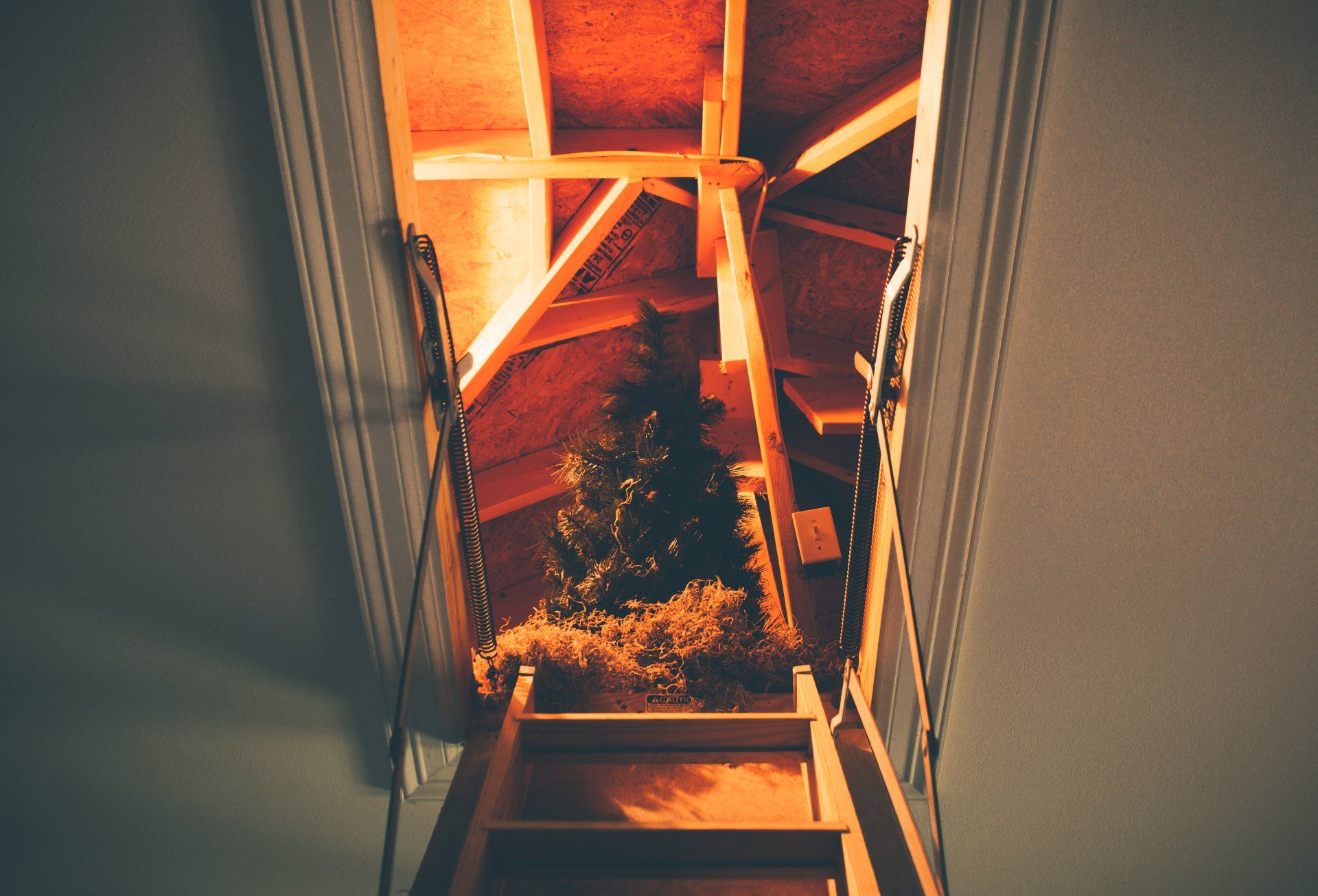Energy Efficiency Guidelines: What should you look for when purchasing a home?
Energy Efficiency Guidelines: What should you look for when purchasing a home?
A house purchase is a major financial investment, and it's essential to consider both the benefits and drawbacks of the purchase and also whether the property is in good shape or will require some work. Here's a run down of the most crucial indicators that your new house will require maintenance to ensure it's energy efficient.
Check out:
Roof: Does your house has a flat roof? Flat roofs can be a sign of trouble to come. A flat roof without an angle could lead to the growth of vegetation and ponds that can lead to the roof becoming leaky.
Are there any missing tiles? Inside the home, it's an excellent idea to look for missing tiles and see if the roof has been sealed and/or insulated. A roof that's foam insulated could be a problem in the near future.
Air bricks: Does the home has air bricks on the foundation? If yes, then it's likely that there's a suspended wooden floor that requires air circulation to avoid decay. This will likely make the home draughty and decrease energy efficiency.
Bricks: What's the pattern of bricks? It's rare to pay attention to the pattern of bricks, but studying them to determine the structure of the wall will benefit you. A pattern that is layered indicates that it is likely to be an unfinished wall. There is a space (cavity) that is between the bricks on the outside and the block's inner wall that could be lined with insulation, keeping the home warm and which makes it a more energy efficient home. If the brick work is compact, it's likely to have solid walls. The wall's thickness is the same as its length. In this case, it's likely not to be an insulated wall, which makes it less efficient in energy use. However, this kind of wall is protected.
When you begin to look around the house, here are a few things to watch out for:
Do the rooms smell of mold? You may not be able to tell if this is the issue, but make sure you are on the lookout for flaky plaster and watermarks that appear on ceilings and walls. Be particularly attentive to the area close to the ceiling and around the skirting board. Fresh paint could mean that damp has been covered with paint.
Cracks: Does your building have any large cracks or hairline fractures? They are most likely to be seen in the vicinity of extension joins, end-of-terrace walls, and bay windows. Cracks may suggest that the structure isn't as sturdy as it ought to be. A chartered surveyor might be capable of later inspecting the property and know which areas require attention.
Windows: Do you see cracks or condensation on the windows? There are two essential factors to consider when inspecting windows to determine if they influence the efficiency of the house. The first is the presence of damaged paint on the frame of the window. This could indicate that it's rotten. You can test this by feeling how firm the frame of the window is. The other is the double glazing on the panes of windows; if there's an accumulation of condensation between the panes, it's most likely that it's defective (blown). There is usually an inert gas or vacuum between the panes of glass, which aids in insulating them. The phenomenon of condensation is an indication that this insulation is no longer efficient.
Edmonton Insulation Quote
We will get back to you as soon as possible
Please try again later


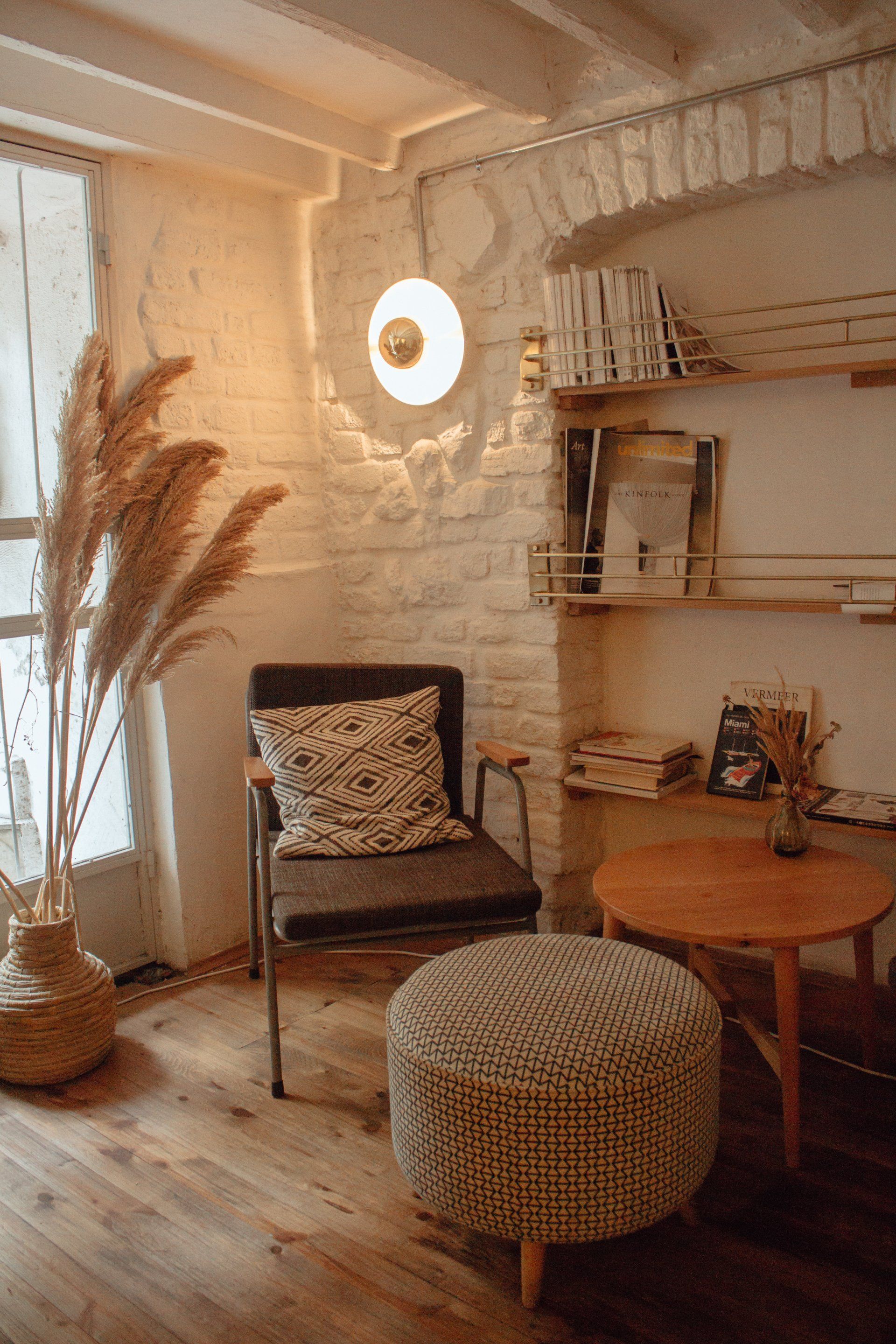
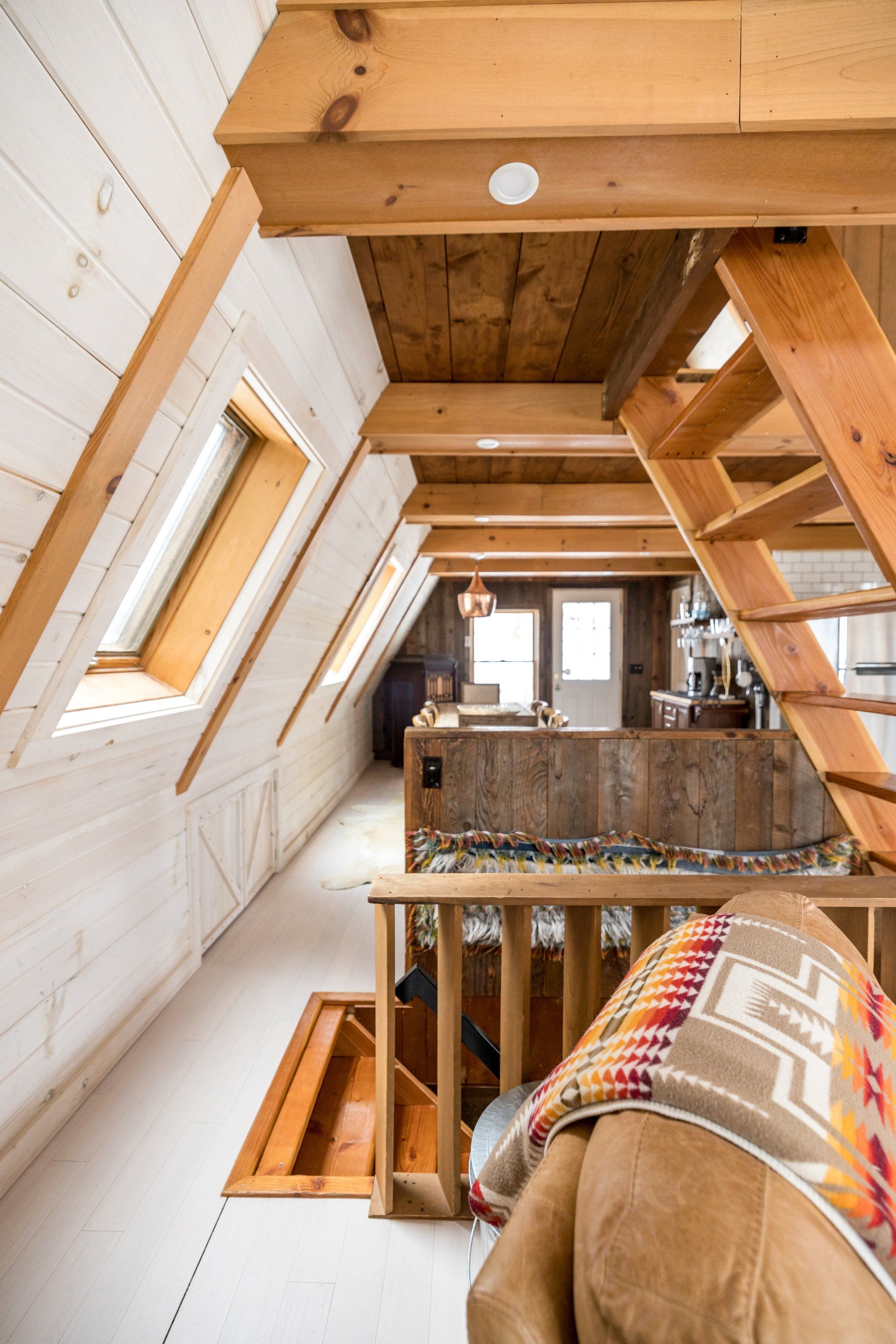
Let’s talk about your project
Fill in the form or call to set up a meeting at 587-803-2336.
Edmonton Insulation Quote
We will get back to you as soon as possible
Please try again later

Edmonton Insulation Dynamos
10250 118 St NW 302 C, Edmonton, AB T5K 1Y5
Follow Us
Disclaimer - This is a referral site. All work is performed by a licensed partner company.

